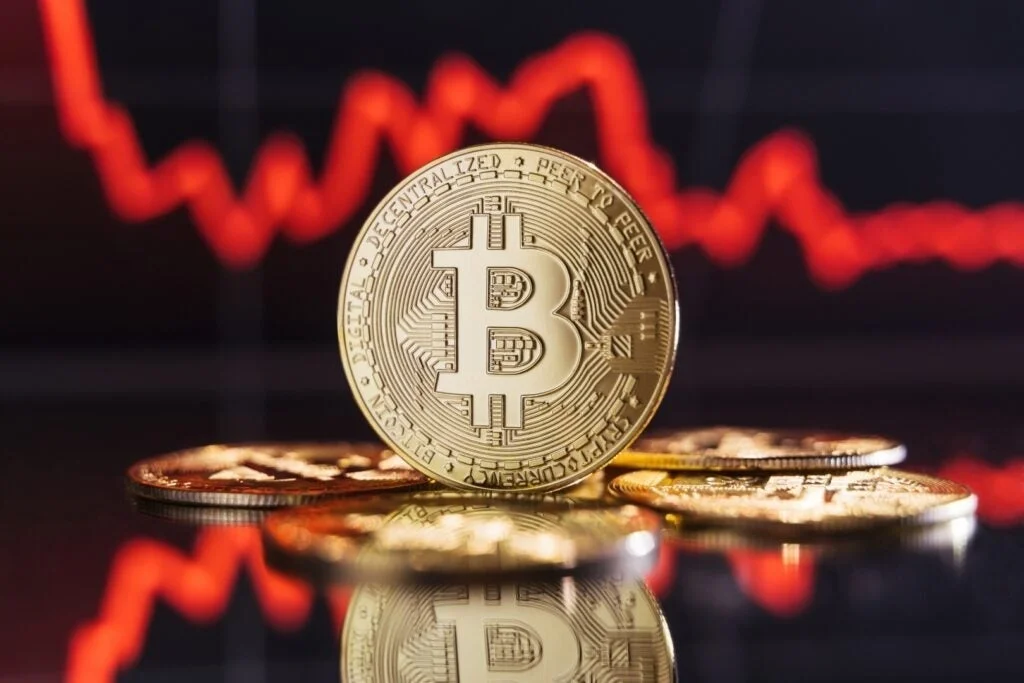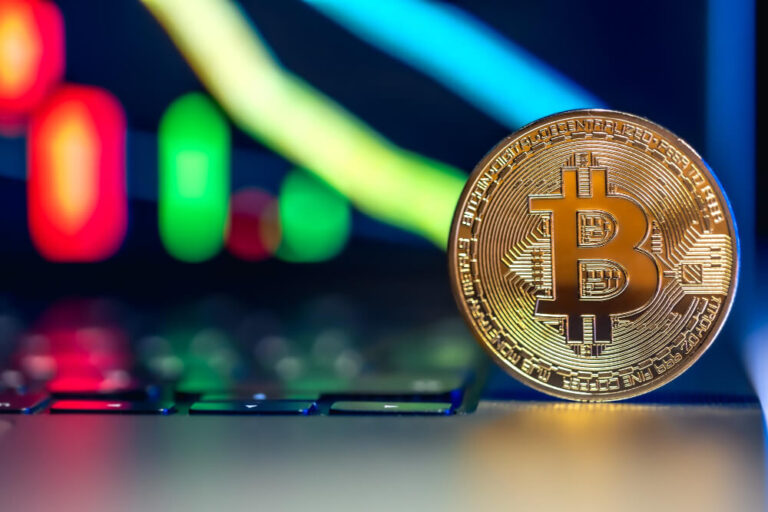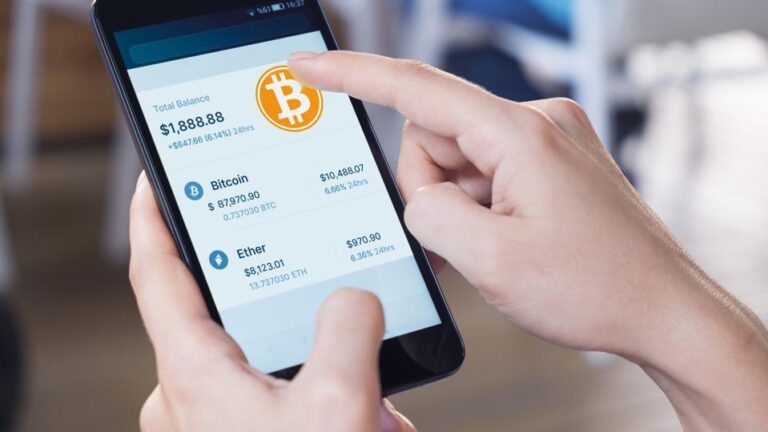Bitcoin is a decentralized digital currency that operates on a peer-to-peer network. It allows users to send and receive payments without relying on banks or intermediaries. Transactions are verified through blockchain technology, which records them in a secure, transparent ledger.
Launched in 2009 by an anonymous entity under the pseudonym Satoshi Nakamoto, Bitcoin introduced the concept of cryptocurrency. It uses cryptographic algorithms to secure transactions and control the creation of new units, known as bitcoins.
Supply is capped at 21 million coins, which prevents inflation. Miners, who use computational power to solve complex mathematical problems, maintain the network’s security and validate transactions. Bitcoin’s value is highly volatile, driven by market demand, regulatory changes, and technological developments.
Who created Bitcoin and how?
Bitcoin was created by an anonymous individual or group using the pseudonym Satoshi Nakamoto in 2009. The exact identity of Satoshi Nakamoto remains unknown.
The creation of Bitcoin began with the publication of a whitepaper titled “Bitcoin: A Peer-to-Peer Electronic Cash System” in 2008. The document outlined the framework for a decentralized currency system that enables secure, trustless transactions without relying on financial institutions or central authorities.
Satoshi Nakamoto implemented Bitcoin using the following key components:
- Blockchain Technology: Satoshi introduced the concept of a blockchain, a distributed ledger where transactions are recorded in blocks and linked chronologically. This ensures transparency and immutability.
- Proof-of-Work Consensus: The Bitcoin network uses proof-of-work to validate transactions and secure the network. Miners compete to solve cryptographic puzzles, and the first to succeed adds a new block to the blockchain.
- Cryptography: Bitcoin relies on cryptographic principles to secure transactions. Private and public key pairs are used to sign and verify ownership, ensuring funds can only be spent by their rightful owners.
- Decentralization: Bitcoin operates on a peer-to-peer network where participants validate and store the blockchain, making the system resistant to censorship or centralized control.
The first block, known as the Genesis Block or Block 0, was mined by Satoshi Nakamoto on January 3, 2009. Embedded within it was a message referencing a newspaper headline from that day: “The Times 03/Jan/2009 Chancellor on brink of second bailout for banks”. This message hinted at Bitcoin’s intent to challenge traditional financial systems.
Satoshi continued to develop and improve Bitcoin until 2010 before stepping away from the project, leaving it in the hands of the open-source community.
How Bitcoin works
Bitcoin operates as a decentralized currency, allowing direct transactions between users without involving banks or intermediaries. To understand its functionality and use it effectively, focus on key aspects of its system and how you can interact with it.
Use the Blockchain to Verify Transactions
The blockchain records every Bitcoin transaction publicly and securely. Each block in the chain contains transaction details, a timestamp, and a reference to the previous block. When you send or receive Bitcoin, ensure the transaction is recorded on the blockchain. Use blockchain explorers to confirm that your payment appears in the network for added transparency and security.
Protect Your Wallet and Keys
Your Bitcoin wallet stores private and public keys, which control access to your funds. Safeguard your private key at all times, as losing it means losing access to your Bitcoin. Use secure hardware wallets or reputable software wallets to minimize risks. Share only your public key to receive payments.
Send Bitcoin with Confidence
To send Bitcoin, sign the transaction with your private key and broadcast it to the network. Ensure you enter the recipient’s address accurately, as mistakes cannot be reversed. Confirm the network fee before sending to avoid delays in processing. Monitor the transaction’s confirmation status through blockchain tools.
Earn Bitcoin Through Mining
If you want to participate in the network directly, consider mining. Set up specialized hardware to solve cryptographic puzzles and validate transactions. Successful miners add new blocks to the blockchain and earn Bitcoin rewards. Evaluate the cost of equipment and electricity to determine if mining aligns with your goals.
Take Advantage of Decentralization
Bitcoin operates without a central authority, making it resistant to censorship and manipulation. Use this to your benefit by transacting freely across borders or in situations where traditional financial systems impose restrictions. Rely on Bitcoin’s peer-to-peer network to maintain control over your funds.
Understand Supply and Scarcity
Bitcoin’s capped supply of 21 million coins ensures its scarcity. The system reduces the number of new coins through halving events, which occur every four years. Keep this scarcity in mind when planning long-term investments, as it influences Bitcoin’s market value.
Verify Payments on the Network
When you receive Bitcoin, confirm that the transaction appears on the blockchain. Wait for multiple confirmations before considering the payment final, especially for large amounts. This protects you from unverified or fraudulent transactions.
How to get Bitcoin
Buy Bitcoin on Exchanges
Sign up on a cryptocurrency exchange, such as Coinbase, Binance, or Kraken. Verify your identity as required and link your bank account or debit card. Once your account is ready, buy Bitcoin by placing an order for the amount you want. Store your Bitcoin in a secure wallet to protect it from online threats.
Use Peer-to-Peer Platforms
Platforms like LocalBitcoins or Paxful connect buyers and sellers directly. Negotiate the price and pay using methods like bank transfers, PayPal, or cash. Verify the seller’s reputation and confirm the payment terms before completing the transaction. After purchase, transfer Bitcoin to your personal wallet for added security.
Earn Bitcoin for Services or Products
Accept Bitcoin as payment if you offer goods or services. Share your Bitcoin wallet address with customers who prefer paying with cryptocurrency. Platforms like Bitwage also allow freelancers or businesses to accept Bitcoin for their work, making it an easy way to earn while building exposure to digital assets.
Use Bitcoin ATMs
Find a Bitcoin ATM near you using online directories like CoinATMRadar. Insert cash, scan your wallet’s QR code, and receive Bitcoin directly into your wallet. Some ATMs may require ID verification. Fees can be higher than exchanges, so check the rates beforehand.
Receive Bitcoin as a Gift
Ask friends or family to send Bitcoin directly to your wallet address. This method works well for beginners or those testing the system without committing funds. Ensure you provide the correct wallet address to avoid issues.
Mine Bitcoin
Set up mining hardware to participate in validating transactions on the network. Successful miners earn rewards in Bitcoin. However, mining requires significant investment in equipment and electricity. Research mining pools to combine resources and improve your chances of earning.
Join Airdrops or Promotions
Some companies or projects offer free Bitcoin during promotional campaigns. Stay updated on reliable platforms to participate in these events. Be cautious of scams and avoid sharing sensitive information during these offers.
How to use Bitcoin
Bitcoin offers versatile uses, from making payments to building investments. Knowing how to use it securely and effectively ensures you can maximize its potential. Here’s how to get started.
Make Payments with Bitcoin
You can use Bitcoin to pay for goods or services with merchants or businesses that accept it. When paying, scan the merchant’s QR code or copy their wallet address into your Bitcoin wallet. Confirm the transaction details and send the payment. Wait for the blockchain to verify the transaction, which typically takes a few minutes.
Send Bitcoin to Others
To send Bitcoin to someone, ask for their wallet address. Open your wallet, enter their address, input the amount, and confirm the transfer. Double-check all details, as blockchain transactions cannot be reversed. Ensure you pay an adequate transaction fee to avoid delays.
Accept Bitcoin as Payment
If you run a business or offer services, accept Bitcoin as payment. Share your wallet address or set up a payment gateway like BitPay or BTCPay Server for convenience. Converting received Bitcoin into cash is also simple through exchanges if you prefer.
Invest and Hold Bitcoin
Many use Bitcoin as a long-term investment. Buy and hold it in a secure wallet, such as a hardware wallet, to protect it from hacks. Monitor market conditions and decide whether to hold through price fluctuations or sell when it reaches your target value.
Trade Bitcoin for Profit
Trading Bitcoin on cryptocurrency exchanges allows you to capitalize on its price volatility. Buy when prices are low and sell when they rise. Use tools and market analysis to make informed decisions. Start small and avoid over-leveraging your trades.
Convert Bitcoin to Cash
When you need cash, sell Bitcoin on an exchange or peer-to-peer platform. Transfer funds to your bank account once the sale is complete. Bitcoin ATMs also allow you to withdraw cash in exchange for Bitcoin, though fees might be higher.
Donate Bitcoin to Charities
Many organizations accept Bitcoin donations. To contribute, use their wallet address and transfer your desired amount. Donations are usually fast and transparent due to blockchain technology.
Store Bitcoin Securely
Always store Bitcoin in a secure wallet. Use hardware wallets for long-term storage or software wallets for frequent transactions. Enable two-factor authentication and keep your private keys safe to prevent unauthorized access.
FAQ
What makes Bitcoin a new kind of money?
Bitcoin represents a new kind of money because it operates without central authorities like banks or governments. It uses blockchain technology to ensure secure, transparent, and decentralized transactions. Unlike traditional currencies, Bitcoin has a fixed supply of 21 million coins, making it resistant to inflation.
Transactions happen peer-to-peer, enabling fast, global payments without intermediaries. Cryptographic keys secure ownership, ensuring only the rightful holder can access funds. Its decentralized nature and digital design redefine money, offering users control, transparency, and a borderless system that challenges traditional financial systems.
Where does Bitcoin come from?
Bitcoin comes from a process called mining, where powerful computers solve complex mathematical problems to validate transactions on the Bitcoin network. Miners compete to solve these puzzles, and the first to succeed adds a new block of transactions to the blockchain. As a reward, the miner receives newly created Bitcoin, introducing more coins into circulation.




